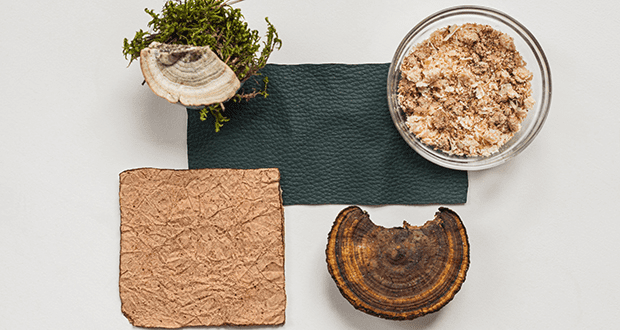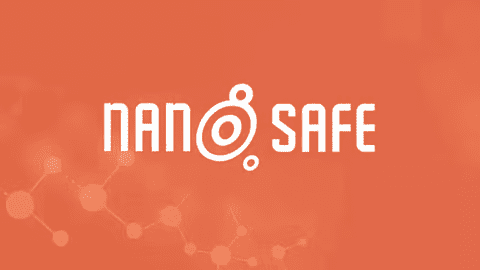
Dr. Anasuya Roy
Nanosafe Solutions
The global textile industry is undergoing a transformation fueled by cutting-edge advancements in material science and nanotechnology. Fabric technology innovations are now redefining textiles by integrating antimicrobial properties, sustainability, durability, and even adaptability to external stimuli. The global smart textiles market, valued at approximately $2.31 billion in 2021, is projected to reach $6.6 billion by 2026, growing at a CAGR of 23.2%. This shift is largely driven by the increasing demand for high-performance textiles in healthcare, sportswear, and sustainability-focused fashion.
This article explores five groundbreaking textile innovations that have emerged in recent years, detailing their scientific foundations, commercial applications, and performance metrics.
VivoThreads: Copper-Infused Antimicrobial Fabrics
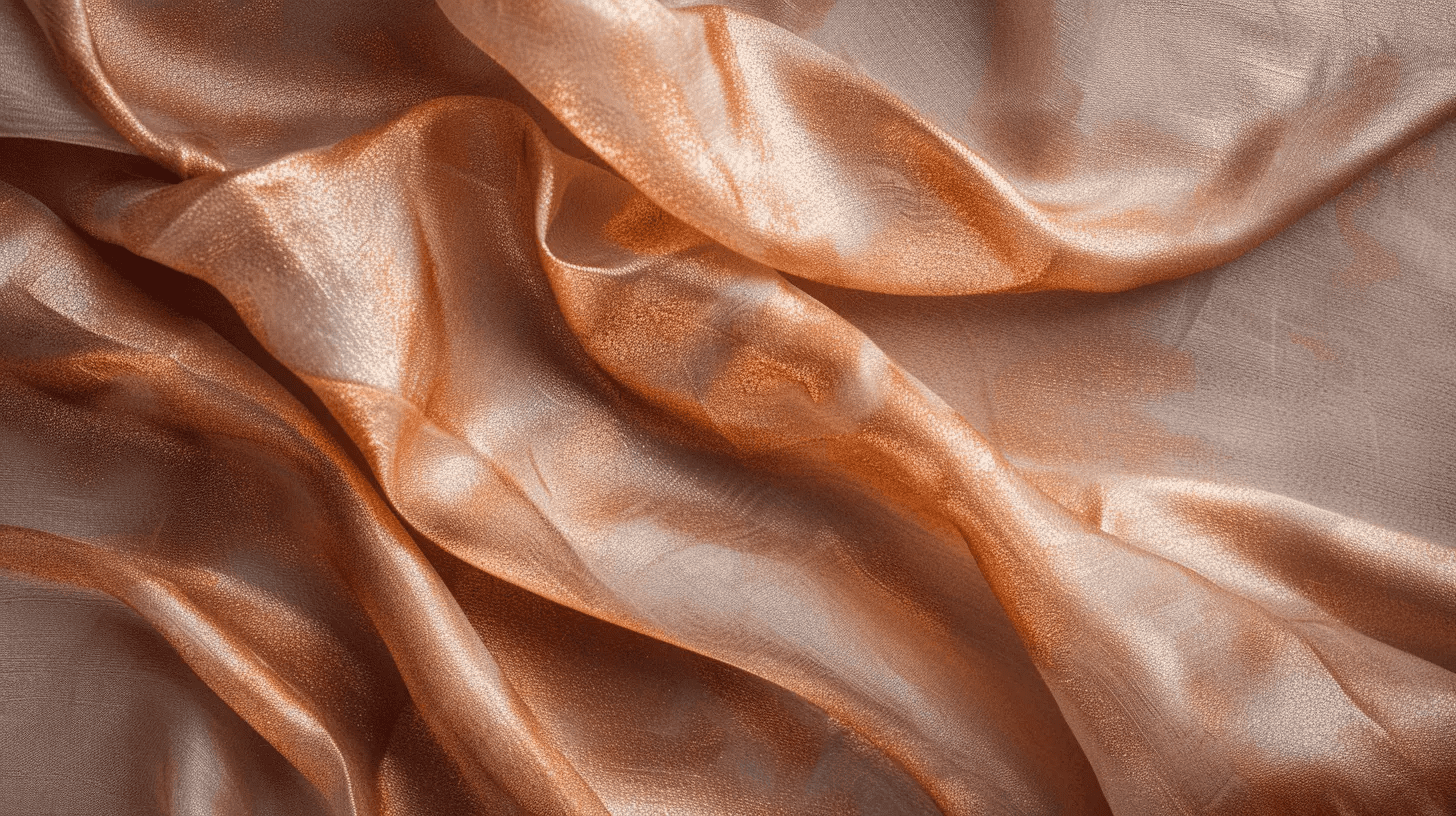
VivoThreads, an Israeli startup founded in 2021, has pioneered a patented technology that embeds cuprous oxide (Cu₂O) nanoparticles into cotton fibres. Copper ions have long been recognised for their antimicrobial properties, but VivoThreads’ innovation ensures their controlled release while maintaining fabric softness and durability.
The antimicrobial action of cuprous oxide is based on its ability to generate reactive oxygen species (ROS) that damage bacterial cell walls, disrupt DNA replication and protein synthesis, and create oxidative stress, leading to microbial cell death. The incorporation of Cu₂O nanoparticles into cotton fibres occurs through a proprietary in-situ synthesis process, ensuring uniform dispersion and strong adhesion to the fibres.
Tests have shown that VivoThreads’ fabric achieves over 99% microbial reduction within 30 minutes. It retains its antimicrobial efficacy even after 50 wash cycles while maintaining fabric breathability and comfort. Clinical evaluations confirm its effectiveness against E. coli, Staphylococcus aureus, and Candida albicans, making it highly suitable for healthcare textiles, protective clothing, and daily apparel.
Spinnova: Sustainable Wood-Based Textile Fibers
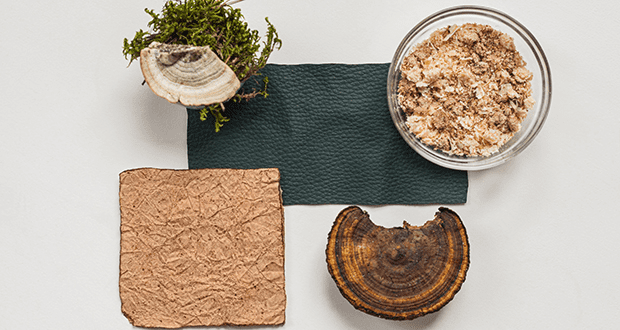
Founded in 2014, Finnish company Spinnova has developed a revolutionary method to create textile fibres from wood pulp without the use of toxic chemicals. Unlike conventional viscose and lyocell processes, which involve extensive chemical treatment, Spinnova’s technology employs a purely mechanical process.
The production method involves breaking down wood pulp into microfibrillated cellulose (MFC) and structuring it into fibre networks through a shear-flow spinning process. This approach preserves cellulose’s natural polymer structure, eliminating the need for chemical alterations. As a result, Spinnova fibres are 100% biodegradable, recyclable, and significantly more water-efficient than conventional cotton and polyester.
Compared to cotton, Spinnova fibres use 99% less water and generate 72% lower CO₂ emissions. The company has successfully scaled its operations with Suzano Papel e Celulose, establishing a commercial-scale facility in Finland capable of producing 1,000 tonnes of fibre annually. This positions Spinnova as a viable alternative to conventional textile fibers, particularly in sustainable fashion and industrial applications.
Nanosafe Solutions: Active Copper Technology in Textiles
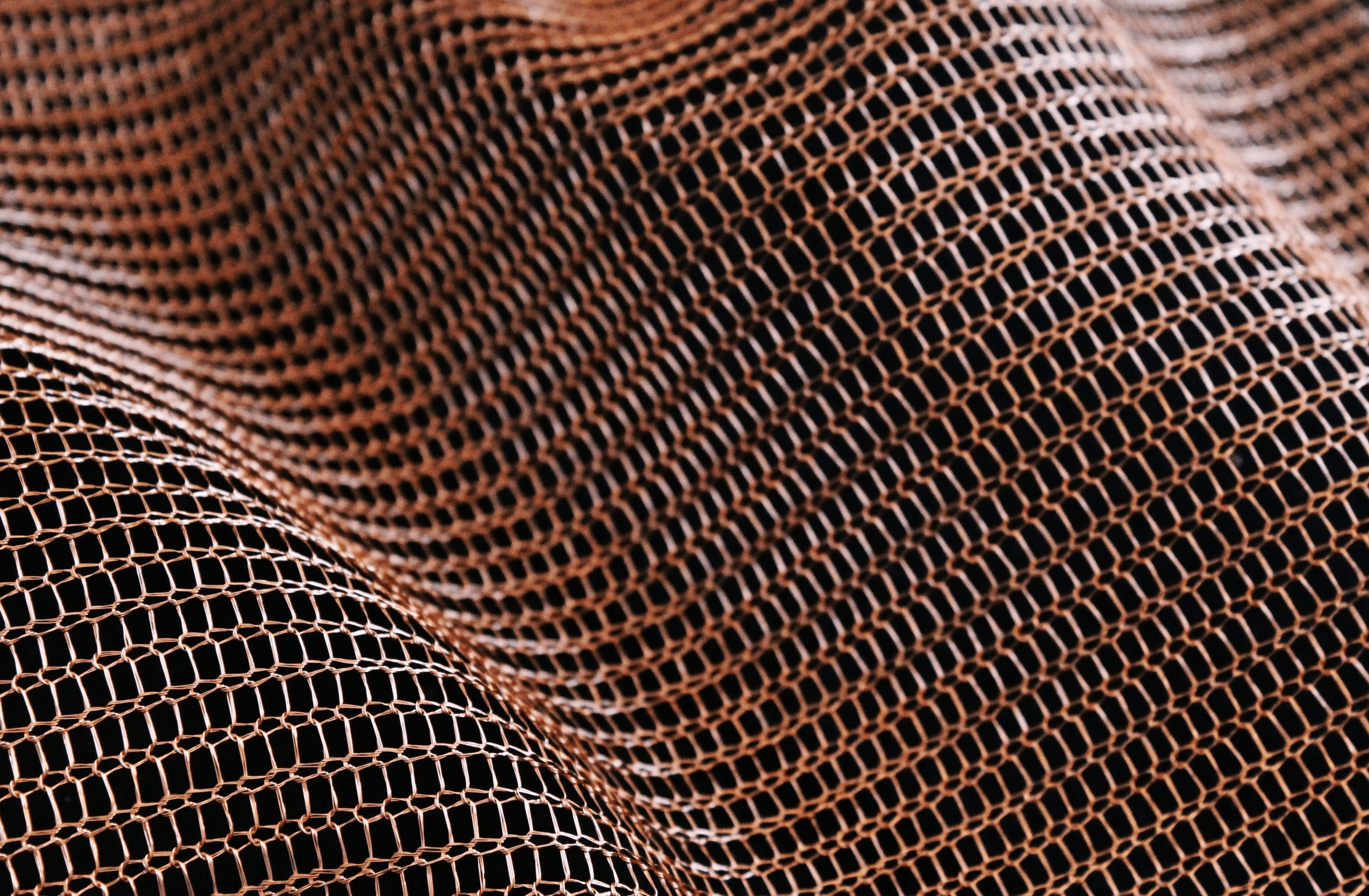
Founded in 2020 and incubated at IIT Delhi, Nanosafe Solutions has developed active copper-based antimicrobial formulations for textiles. Unlike silver- or zinc-based antimicrobial coatings, Nanosafe’s technology leverages copper’s natural safety profile, making it highly suitable for consumer, medical, and industrial applications.
The proprietary technology incorporates micro- and nano-copper dispersions into textile fibres using a binder-based coating, ensuring controlled copper ion release for prolonged antimicrobial activity. The coating exhibits high wash durability while maintaining breathability and fabric softness.
Nanosafe’s formulations achieve over 99% antimicrobial efficacy against bacteria and fungi, even after 50 washes. Importantly, the technology ensures minimal heavy metal leaching, keeping it within safety thresholds. The company has successfully commercialised this innovation in nonwoven medical textiles, antimicrobial upholstery, and performance fabrics, with applications extending into water storage textiles and activewear.
Nano Textile Solutions: Adaptive Size-Fit Functionality
Nano Textile Solutions, a Swedish company founded in 2019, has developed adaptive-fit textile technology to address sizing variability in apparel. The company employs shape-memory nanopolymers that enable garments to contract or expand based on body temperature and humidity.
The textile incorporates nano-hydrogel structures within polymer fibres, allowing garments to expand in humid conditions for a relaxed fit and contract in dry conditions for a snug fit. This passive mechanism eliminates the need for external power or smart textile electronics.
Garments featuring this technology can adjust their size by up to 20%, providing a dynamic fit across different body shapes. With durability exceeding 200 wear cycles, this innovation reduces textile waste by eliminating the need for multiple garment sizes. It presents a sustainable breakthrough for fashion retail, reducing inventory complexity while enhancing consumer comfort.
NanoStitch: High-Performance Elastic Fabrics
NanoStitch, developed by Belgian textile company Liebaert in 2021, produces ultra-thin, high-performance elastic textiles for sportswear and medical applications. Their innovation leverages micro-knit nanofibers, offering superior elasticity and moisture management.
The fabrics are engineered using custom-built knitting machines that weave elastomeric microfibers at ultra-high tension. This process results in textiles with 4-way stretch capabilities, providing greater freedom of movement. Compared to conventional spandex fabrics, NanoStitch textiles offer 30% greater breathability and superior moisture-wicking properties.
With a stretchability of 200%, NanoStitch outperforms standard spandex materials, which typically stretch up to 150%. The ultra-thin fabric structure—measuring just 0.3 mm in thickness—ensures lightweight comfort while maintaining durability. These properties make NanoStitch an ideal choice for performance athletic gear, compression wear, and advanced medical textiles.
Recently, several noteworthy innovations have emerged across industries, transforming material science and product performance. One such breakthrough is the integration of graphene-based nanocomposites, which enhance mechanical strength, thermal conductivity, and antimicrobial properties in various applications, including coatings, textiles, and electronics. Additionally, the advent of self-healing polymers has paved the way for materials that can autonomously repair micro-cracks, significantly extending the lifespan of products in aerospace, automotive, and medical devices. The use of bio-based and biodegradable polymers is also gaining momentum, addressing the urgent need for sustainable alternatives to traditional plastics while maintaining high-performance characteristics.
In textiles, advancements in phase-change materials (PCMs) allow fabrics to regulate temperature dynamically, improving comfort in extreme climates. Meanwhile, the emergence of smart materials with shape-memory capabilities enables innovations in medical implants, robotics, and adaptive construction materials that respond to environmental changes. In antimicrobial technology, silver-doped nanomaterials continue to be refined for enhanced efficacy while minimising cytotoxicity concerns, broadening their use in medical textiles, food packaging, and water purification. The expansion of MOF (Metal-Organic Framework) technology is also revolutionising gas storage, drug delivery, and advanced filtration systems due to its exceptionally high surface area and tunable porosity.
Meanwhile, photocatalytic coatings leveraging titanium dioxide and other advanced catalysts are being optimised to provide self-cleaning, air-purifying, and antimicrobial properties on surfaces ranging from glass to building facades. In the field of packaging, active packaging technologies incorporating oxygen scavengers, ethylene absorbers, and antimicrobial agents are improving the shelf life and safety of food and pharmaceuticals. The automotive sector is also witnessing a transformation with lightweight, high-strength nanocomposites replacing conventional materials, reducing fuel consumption while maintaining structural integrity. In healthcare, innovations in antibacterial bio-ceramics are being incorporated into orthopedic implants, reducing infection risks and enhancing bone integration.
Furthermore, the application of functionalised nanoparticles in water purification enables highly efficient filtration systems that can remove contaminants at the molecular level without relying on chemical disinfectants. The continued refinement of conductive polymers is also facilitating flexible and stretchable electronics, leading to next-generation wearable technology, implantable sensors, and energy storage solutions. Another emerging area is the development of AI-driven material discovery platforms that use machine learning to predict new material compositions with superior properties, drastically reducing the time required for research and development. With increasing interest in sustainability, nanocellulose-based materials are being explored as strong, lightweight, and biodegradable alternatives to synthetic polymers, opening possibilities in packaging, coatings, and composites.
The convergence of nanotechnology, biotechnology, and artificial intelligence is accelerating the pace of material innovation, leading to smarter, more durable, and environmentally friendly solutions across industries. As these technologies continue to evolve, they hold the potential to redefine the way we design and manufacture products, pushing the boundaries of material science toward a more sustainable and high-performance future.
Conclusion
The rapid advancements in textile technology underscore a fundamental shift towards functional, adaptive, and sustainable fabrics. From antimicrobial and moisture-wicking materials to biodegradable and self-adjusting textiles, these innovations are shaping the future of apparel, medical textiles, and industrial fabrics. As these technologies gain commercial traction, they will significantly influence fashion, healthcare, and environmental sustainability, driving a new era of performance textiles.
With increasing investments in material science and nanotechnology, the next decade is poised to witness even greater breakthroughs—redefining not just what we wear, but how textiles interact with the world around us.

